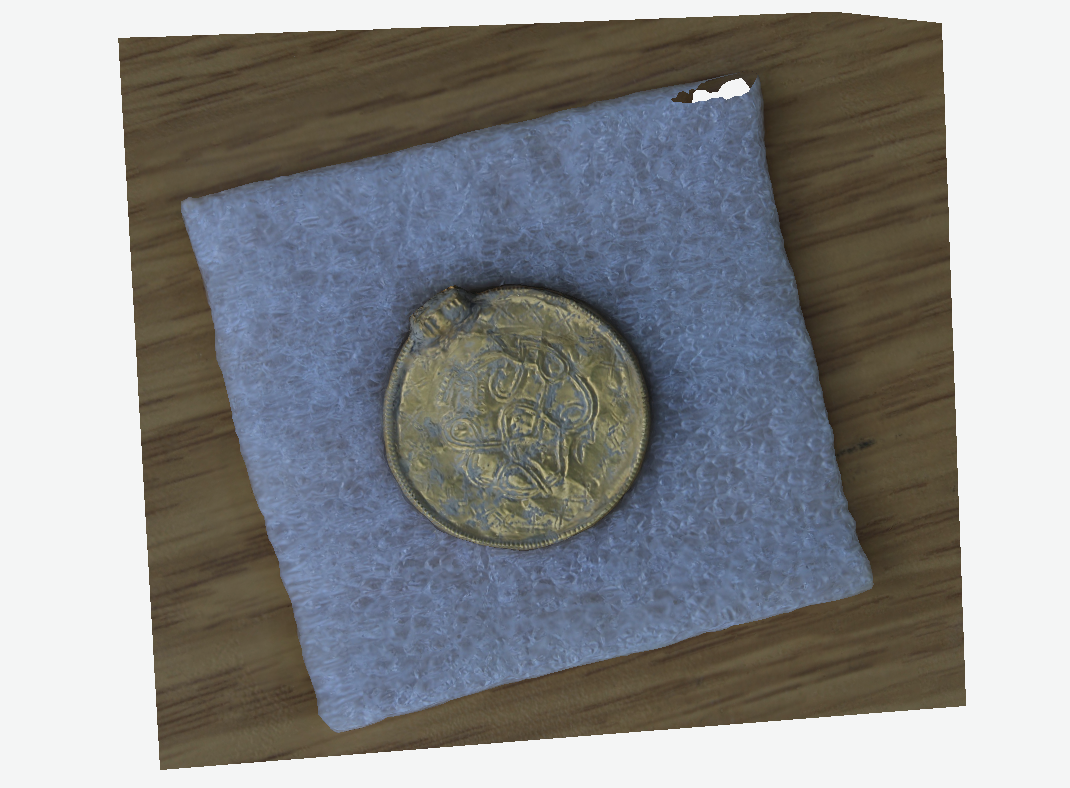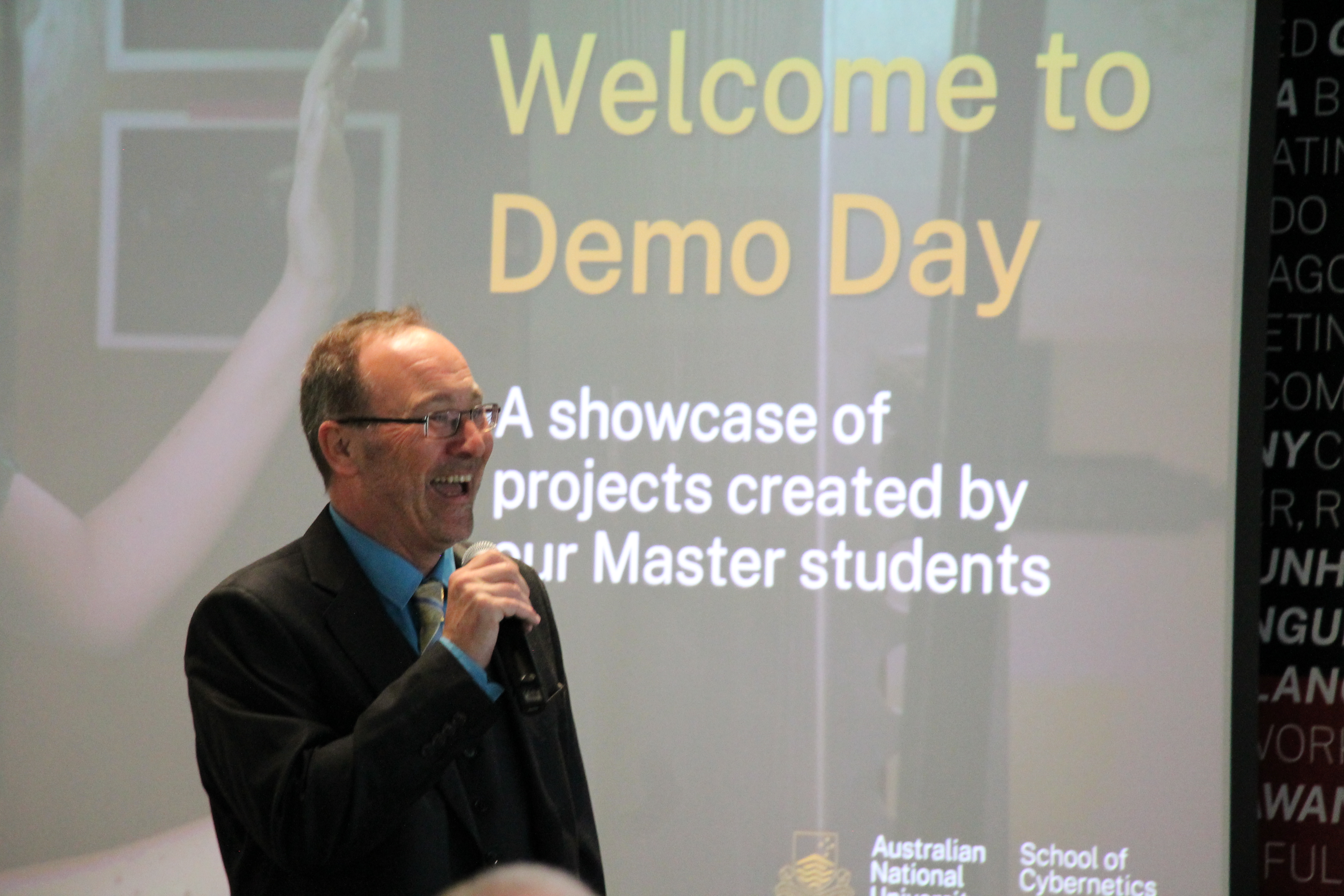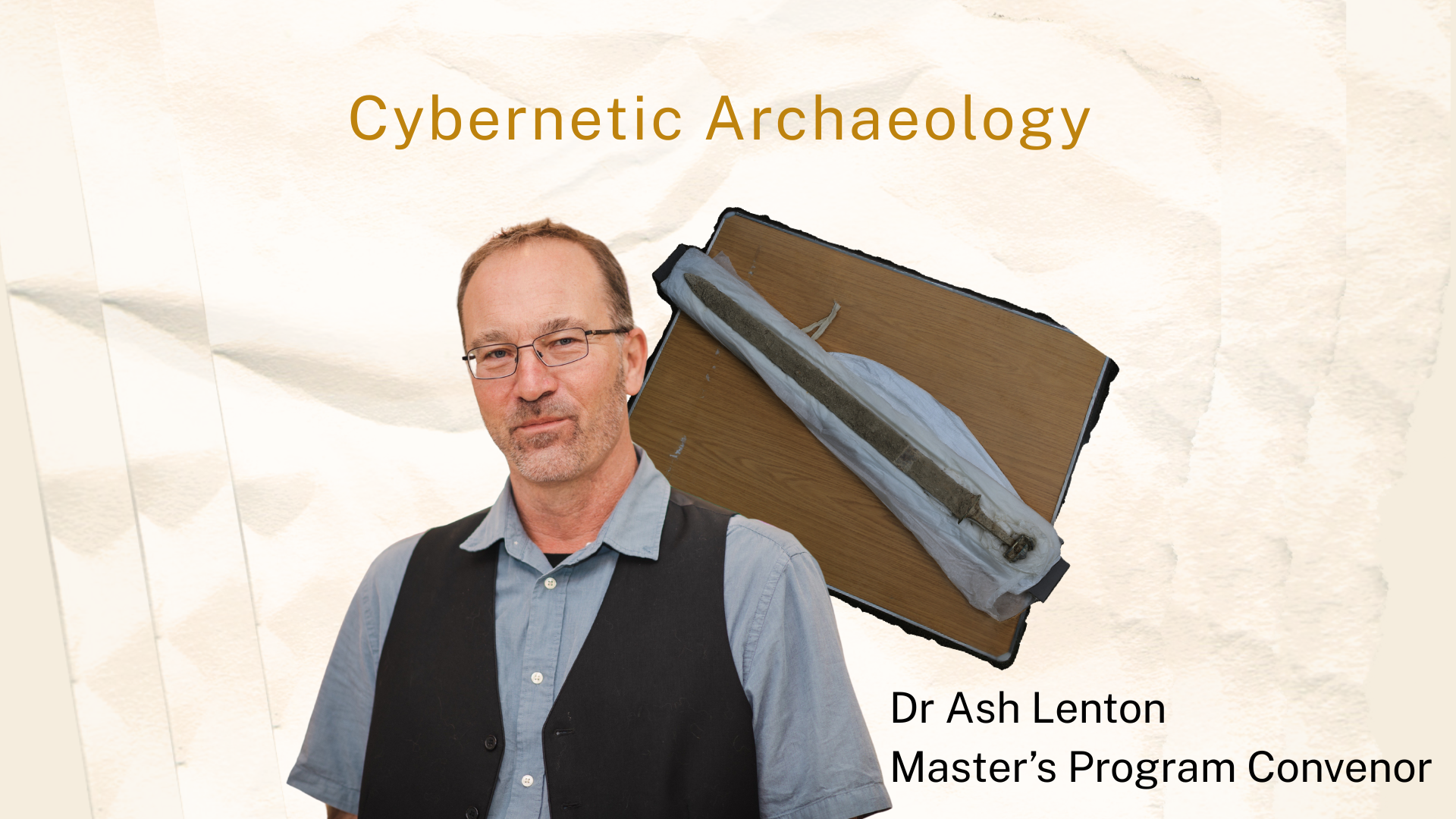More than 1400 years ago, a person was buried with an unusual item.
What is this unusual item and what evidence does it provide to the type of person it was buried alongside?
Just last year archaeologists in Kent, England, investigated a cemetery site that contained an elaborate, rare, and finely crafted Medieval sword.#
What makes this discovery important is the context of the time period it originated in. The Early Medieval ages were a time of conflict, environmental disasters, famine, pestilence, and plague in Britain, which gave rise to the myths of King Arthur, where stories proclaim of a ‘once and future king’ arising to create peace in these troubled times.
This would have been a time of violence, but also negotiations, as new kingdoms began to form after the disintegration of the Roman Empire, and with this the English language we speak today would have been in its very infancy.
You can see already, perhaps, why it is that this time period is so interesting and calls to be studied.
All this and we haven’t even spoken about the sword yet.

Just last year, an Saxon period sword was discovered in a striking condition. It was found through dig and field excavations from the University of Central Lancaster, run by Professor Duncan Sayer. Well-preserved swords from this time period are incredibly rare.
Finely-crafted, finely-decorated, exotic and expensive.
Buried alongside a person in a 5th and 6th century cemetery, this sword and its owner certainly have stories to tell.
So far, amongst an anticipated 200 graves on this site, this individual was the only one to be found with a sword. What can this tell us about the person and their life?
Researchers are using as many forms of evidence, data, tools, and methods as possible to try to unravel the stories contained within this archaeological site.

Archaeologists use scientific methods to gather evidence and data to tell a story.#
Or perhaps, many stories.
The stories that are springing from these data points – the grave – the person – the sword, identify this person as being important to the community.
It can be thought, on first glance at the evidence that this individual might have been a warrior – buried with their weapon.
However, skeletal evidence often suggests that sword-bearers may not have been active enough to have been fierce warriors.
Perhaps instead this person was buried with this special sword because they were a leader in their community; swords were symbols of power or important offices. One of the greatest gifts their community could leave them with, perhaps it was a gift in life from a very special high authority figure.
There are lots of stories this evidence can tell, and this plurality of these stories are indeed, cybernetic.
Cybernetics brings different people in the room to bring different perspectives about technology.
At one point this sword from circa 600AD was itself an emerging technology.
Cybernetics methods, techniques, and values include the act of bringing emerging technology into society for multiple uses and benefits of communities.
So what benefit can this once emerging technology of a Saxon-period sword give us now?#

This is a question that Dr Ash Lenton from the School of Cybernetics is approaching through cybernetic technologies, techniques, and teaching.
This ancient sword is extremely fragile, and likely would only ever be handled museum curators and specialists. But Ash knows that interactivity and engagement doesn’t just have to be physical.
Using a method called photogrammetry, which sews together hundreds of photos using colour-recognition software, Ash has created an interactive model of this sword.
Right now this model is equivalent to a field sketch, taken on-site as a proof-of-concept to work with as this project unfolds.
The overall project is a grand piece that contributes to the democratising of education through cybernetic methods
Imagine that this digital facsimile would sit in a virtual room, able to be accessed by many many people. This digital room would be a place where people could handle this sword “virtually” and connect to the original sword-bearer.
Imagine that this virtual room is anything but an empty void, that it is instead filled with hundreds of items from this society, bringing together the lives of these people and their objects for virtually everyone to enjoy.
Ash is passionate about this kind of cybernetic archaeology and the types of educational experiences this research can provide.
This whole project is about democratising public access to research and information.
We are only limited by the technology of the moment. As more emerging technology comes online, people like Ash are finding a way to involve more people in university research.
Stay tuned. The future is coming.#
Interact with Ash’s 3D models for yourself here (bracteate) and here (sword).
Find out more about our Master’s program here.

